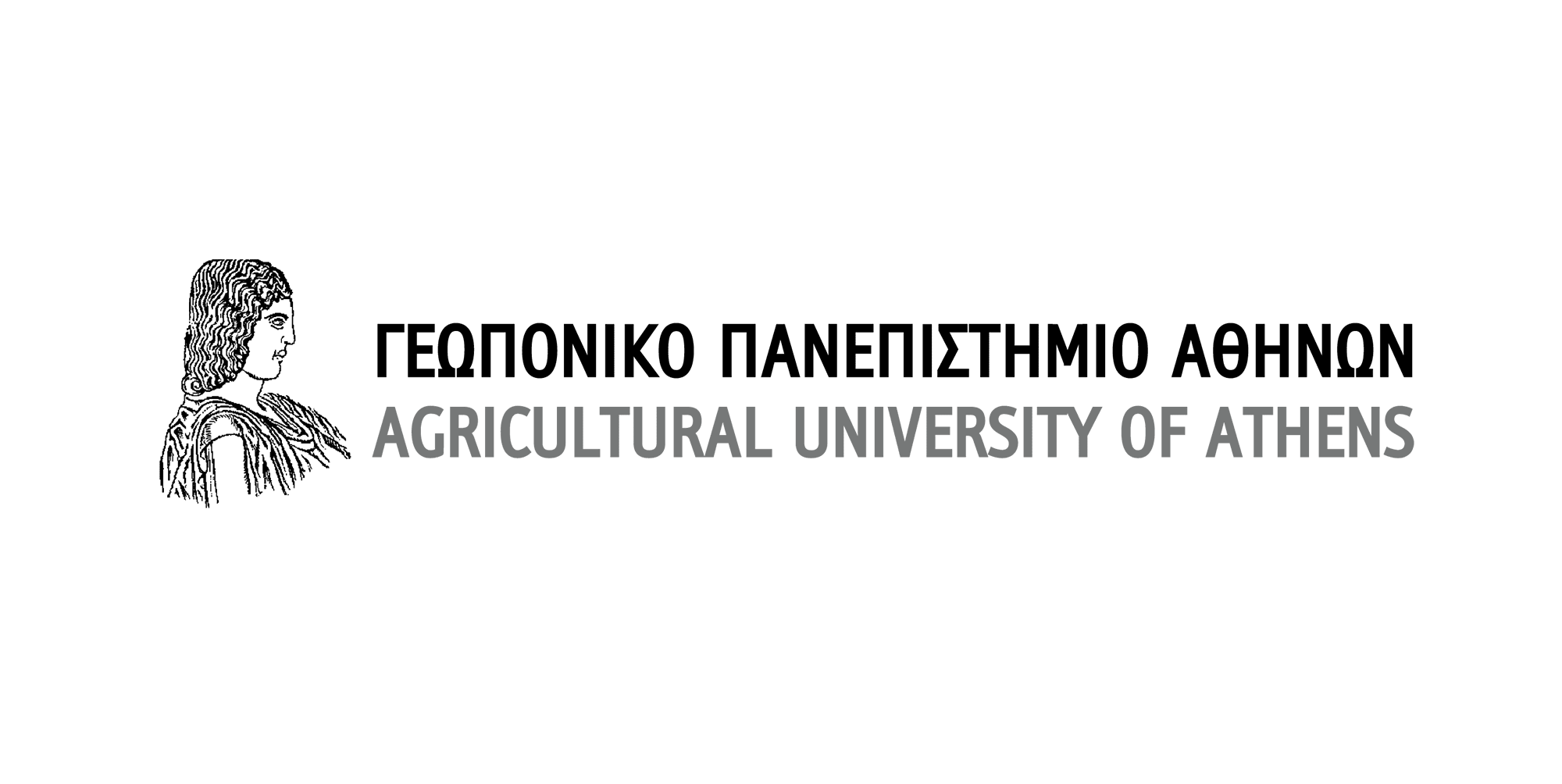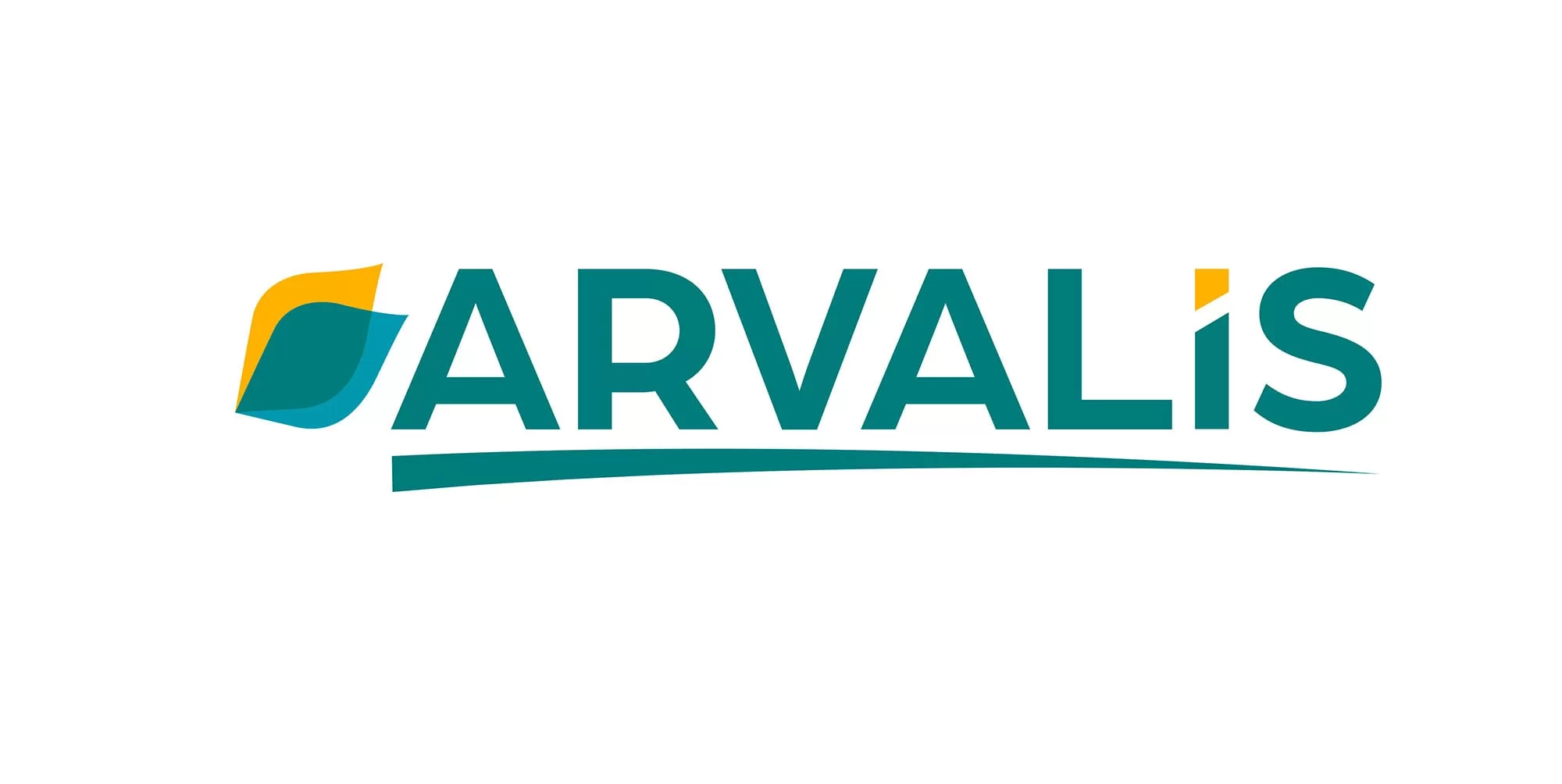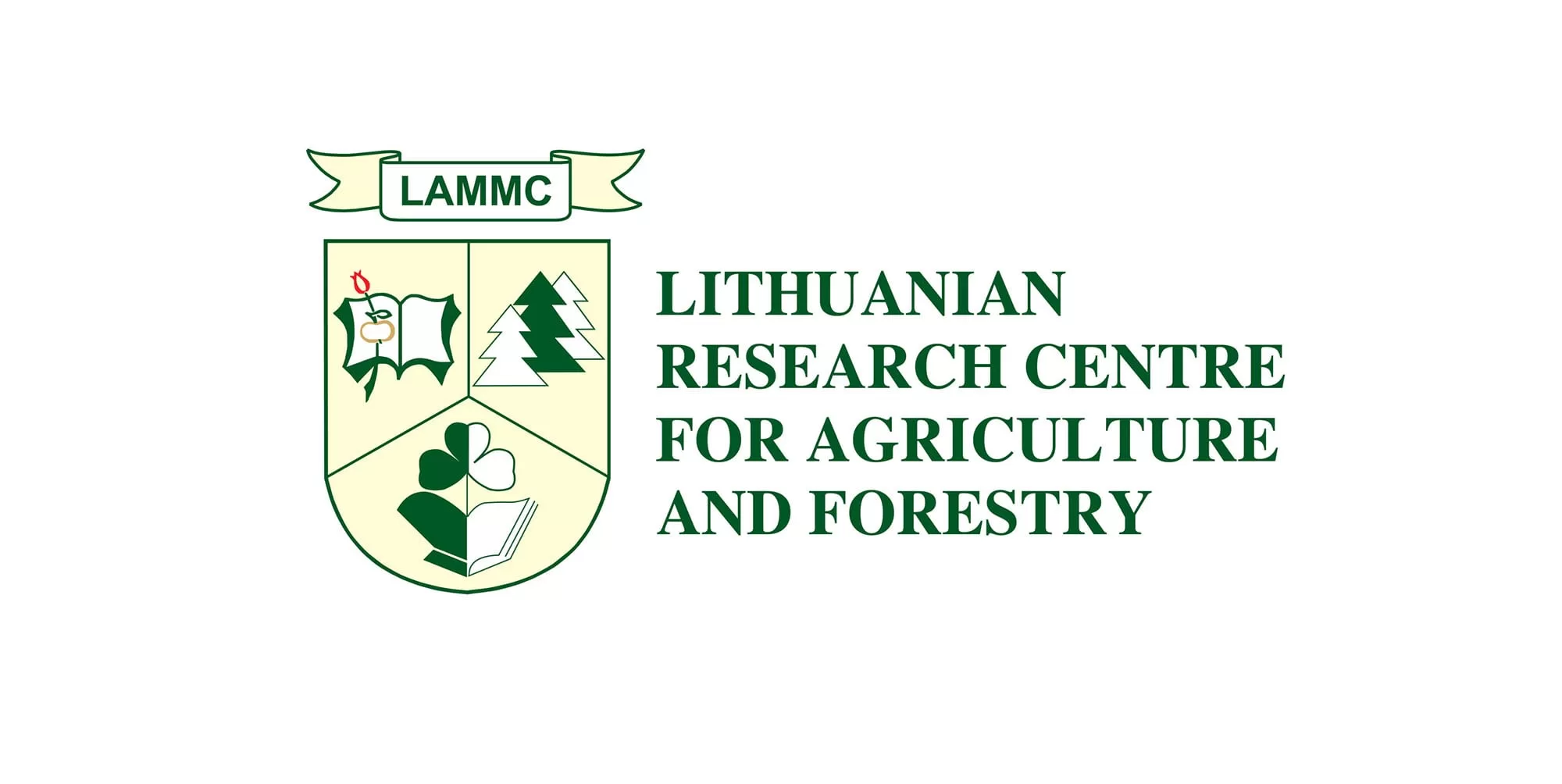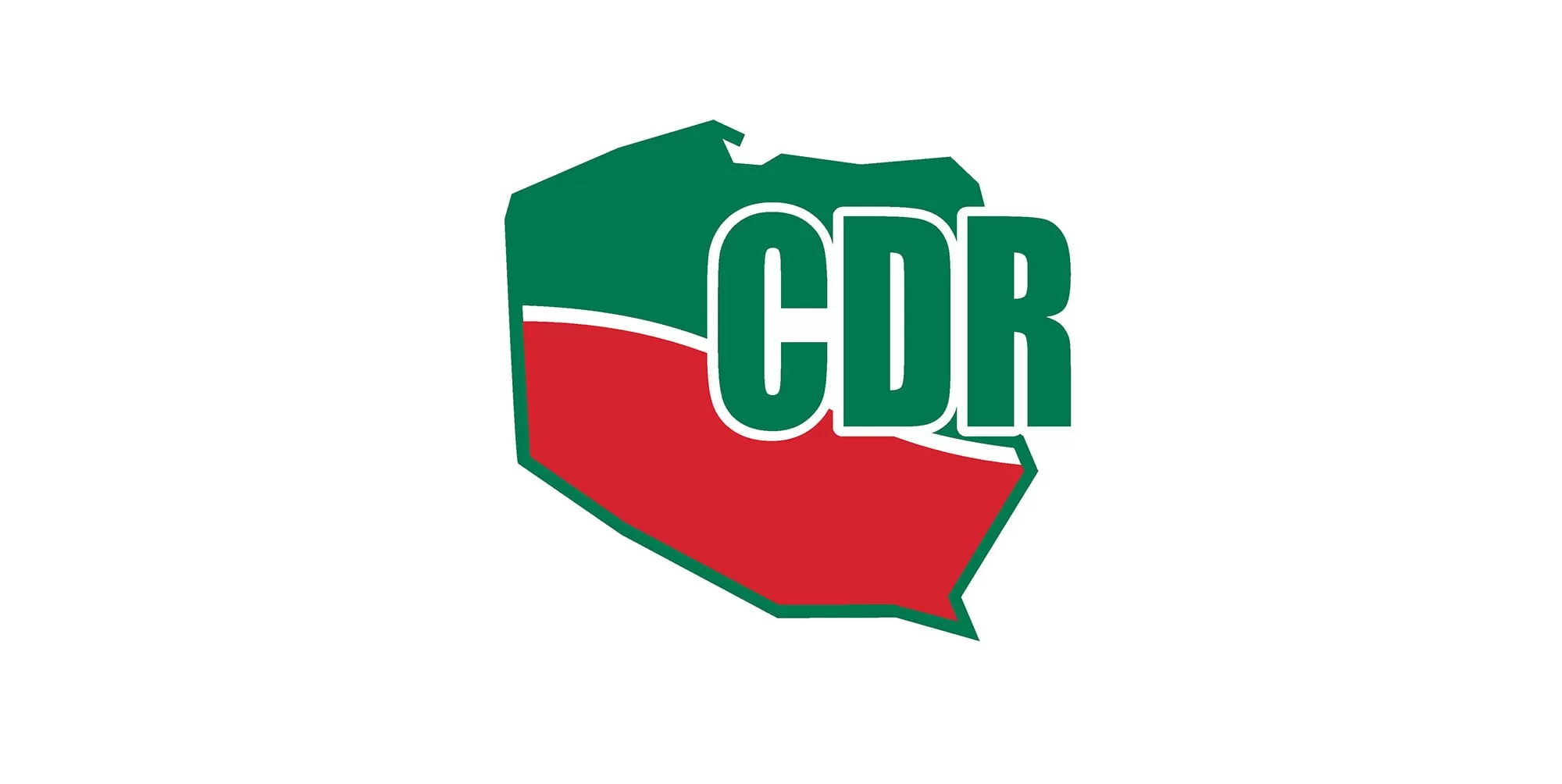Méthode MERCI (Méthode d'estimation des restitutions par les cultures intermédiaires)
The MERCI method helps demonstrate the agronomic, economic, and environmental benefits of multi-service cover crops in terms of recycling and the availability of minerals through a simple and rapid field measurement. Simple to implement, it will allow you to concretely assess the benefits of planting a cover crop and, if necessary, reduce fertilization of the following crop (or existing crop in the case of vines). The MERCI method is based on the combination of "field" references used to estimate the N, P, K, S, and Mg contents of most cover crop species, and references obtained through simulation using INRAE's STICS crop model to determine, after destruction, the amount of nitrogen available for the following crop in different soil and climate conditions in Metropolitan France. It also estimate P, K, S et Mg restitutions and contribution to carbon storage in the soil after cover crop destruction, forage values of cover crops harvested as fodder and energy yield of cover crops dedicated to methanization.
Access the tool
| Name in original language | Méthode MERCI (Méthode d'estimation des restitutions par les cultures intermédiaires) |
| Name in English | Méthode MERCI (no English version). The English name would be : "Method for estimating returns from cover crops" |
| Designer/ manufacturer | Chambre d’Agriculture de Nouvelle Aquitaine |
| Accessibility | Free |
| Weblink | https://methode-merci.fr/ |
| Countries of primary use | France |
| Main language | English |
| Other languages available | None |
| Brief description of the tool | The MERCI method helps demonstrate the agronomic, economic, and environmental benefits of multi-service cover crops in terms of recycling and the availability of minerals through a simple and rapid field measurement. Simple to implement, it will allow you to concretely assess the benefits of planting a cover crop and, if necessary, reduce fertilization of the following crop (or existing crop in the case of vines). The MERCI method is based on the combination of "field" references used to estimate the N, P, K, S, and Mg contents of most cover crop species, and references obtained through simulation using INRAE's STICS crop model to determine, after destruction, the amount of nitrogen available for the following crop in different soil and climate conditions in Metropolitan France. It also estimate P, K, S et Mg restitutions and contribution to carbon storage in the soil after cover crop destruction, forage values of cover crops harvested as fodder and energy yield of cover crops dedicated to methanization. |
| Target user | Advisors and farmers |
| Target crops | Wheat, Maize, Potatoes, Barley, Beans, Oats, Oilseed rape, Peas, Rye, Soybean, Sunflower, Sorghum |
| Type of tool | Online tool/app |
| Nutrients assessed | Nitrogen (N), Phosphorus (P), Potassium (K), Other macro nutrients (S, Mg, Ca) |
| Nutrients covered | Nitrogen (N), Phosphorus (P), Potassium (K), Other macro nutrients (S, Mg, Ca) |
| The tool relies on a base recommendation system | No |
| The assessment frequency should be | Once per growing season |
| Required data input is | Crop, Soil type, Farm location |
| The data can be imported from other tools and systems | No |
| The tools main output format is | Value in tool |
| Data can be exported | Yes |












